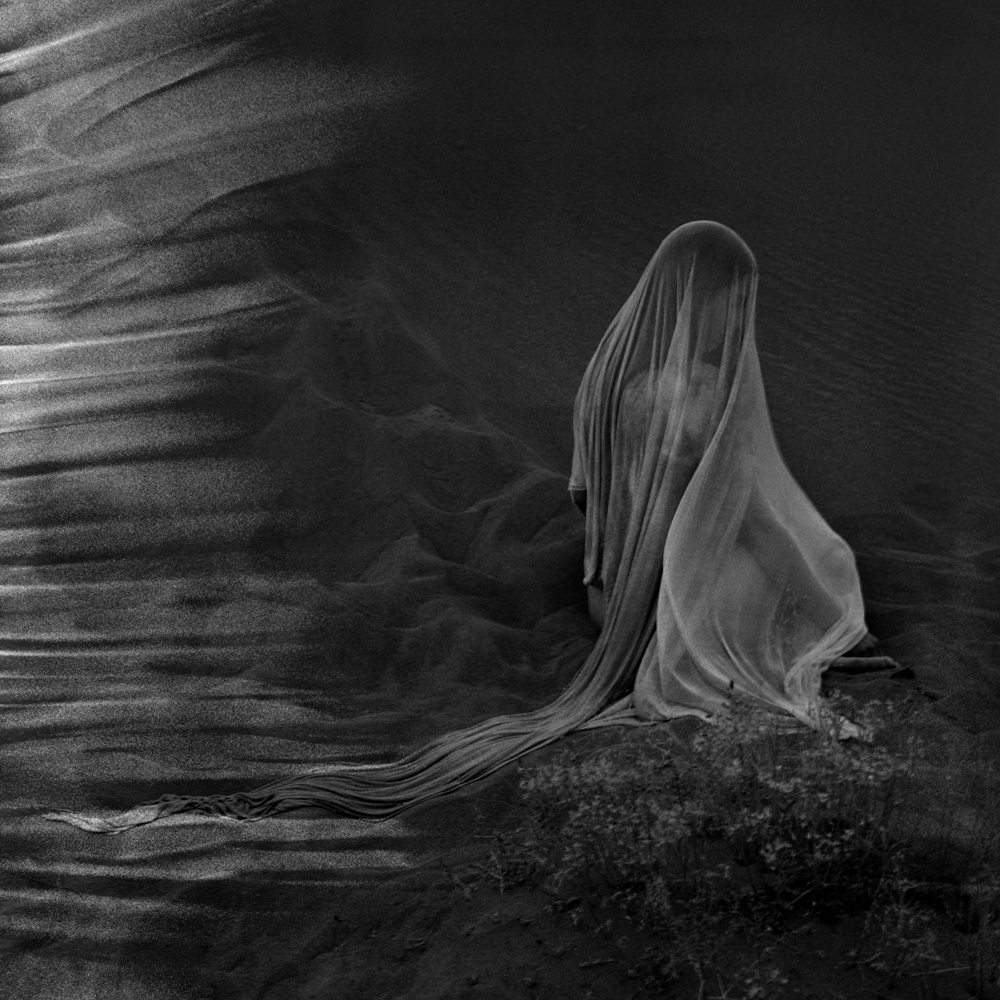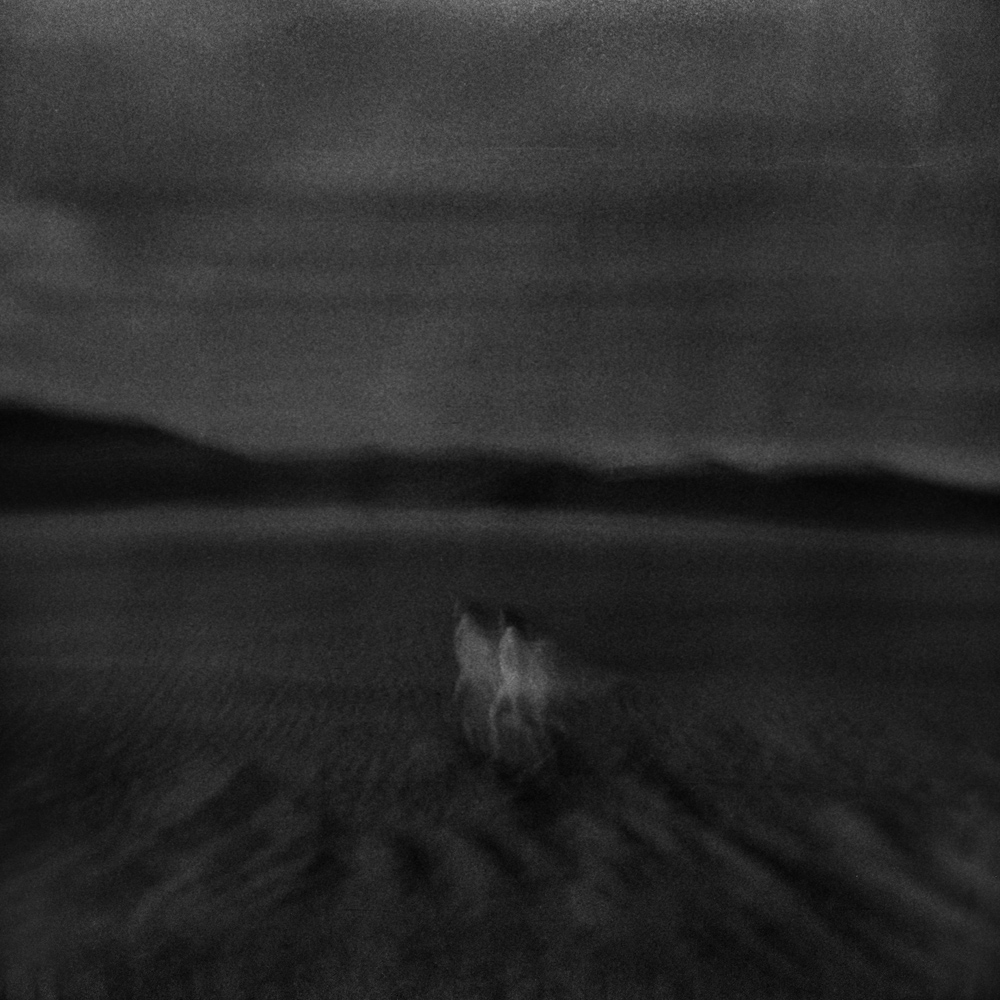







2022
Convergence
It always feels a little weird visiting National Parks. These areas are almost always sacred or special places to Indigenous tribes and centuries later, our government only makes them accessible by charging a large fee, making millions a year from visitors. So when I stepped on to the The Great Sand Dunes Park, I had mixed feelings… both excited to be there and a little remorse about way they were “obtained.” The dunes are absolutely mesmerizing and more than likely, as a human, I had the same feelings as all the other humans that have crossed paths with these lands, lived on them, or considered them sacred.
In an effort to acknowledge those who set foot on this land prior to me, I’d like to make a note of the modern Indigenous tribes that enjoyed the beautiful dune area: The Ute word for the dunes is Saa waap maa nache, "sand that moves." The Jicarilla Apache that settled in Northern New Mexico called the dunes Sei-anyedi, meaning "it goes up and down." And the Navajo considered Blanca Peak — "Sisnaajini” — just southeast of the dunes, one of their four sacred mountains.
The beautiful area is a convergence of not only people, but of sand — which comes out of nowhere when you’re driving towards the area. Every day sand erodes from surrounding mountains and is carried by wind and water to the dunes. After thousands of years, these tiny fragments of rock begin to add up, gradually forming the largest dunes in North America. As we stood on them, the wind whipped around us and it while it was easy to see how the sand collected in this spot nestled in the mountains (think of a pile of leaves gathering in a corner of an alley), at the same time its unfathomable that so much has collected over millenniums. It’s easy to feel small and irrelevant but also grateful to stand where this powerful weather phenomenon occurs.
A series of 10 photographs made using a Holga and Ilford 3200 film or Rollei with expired Kodak TMAX 400 film